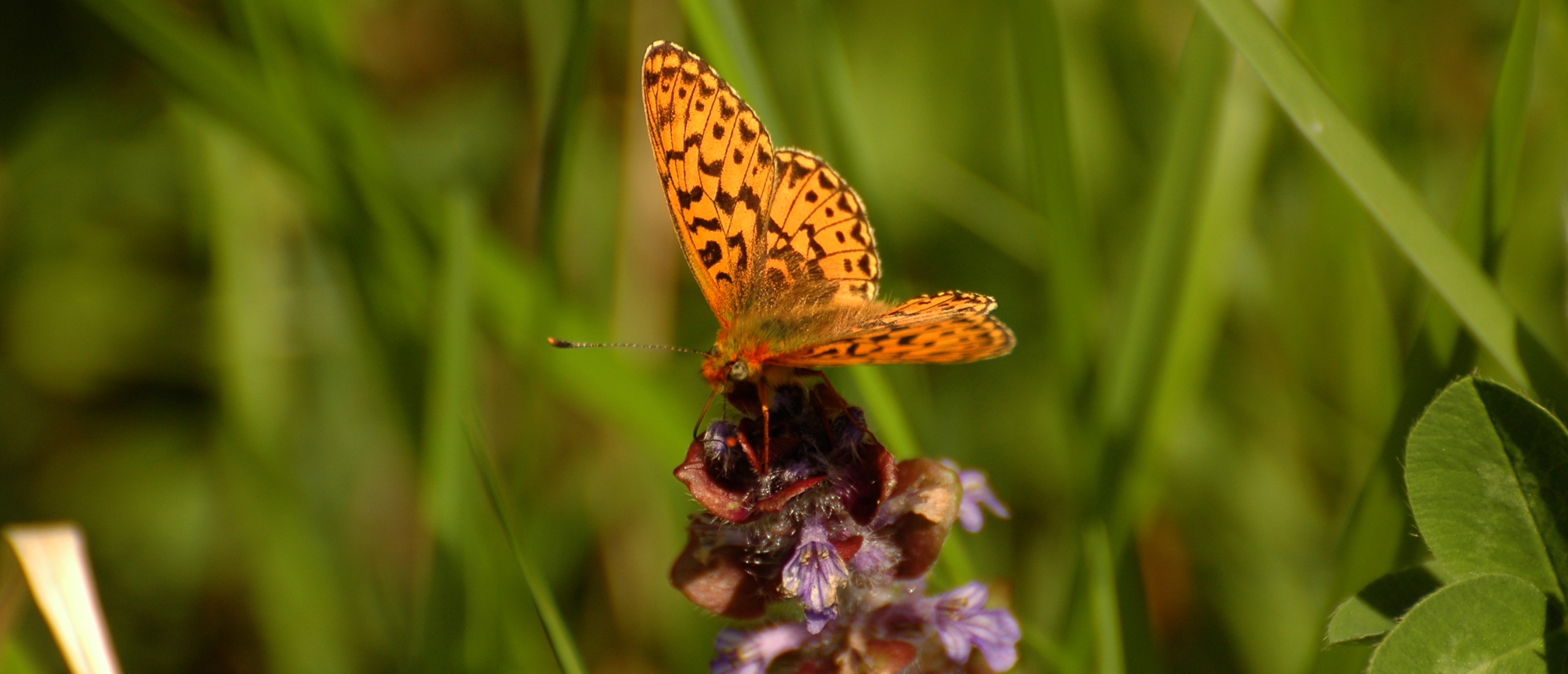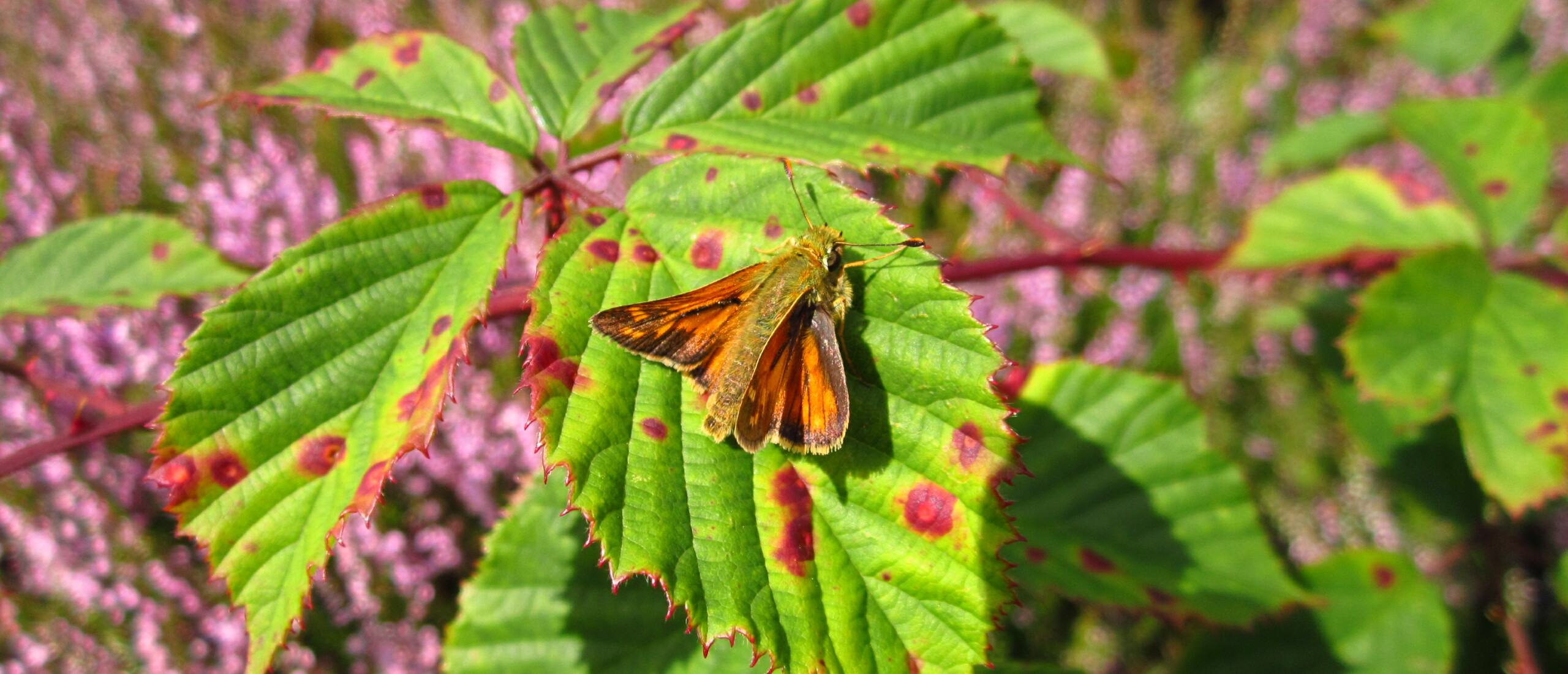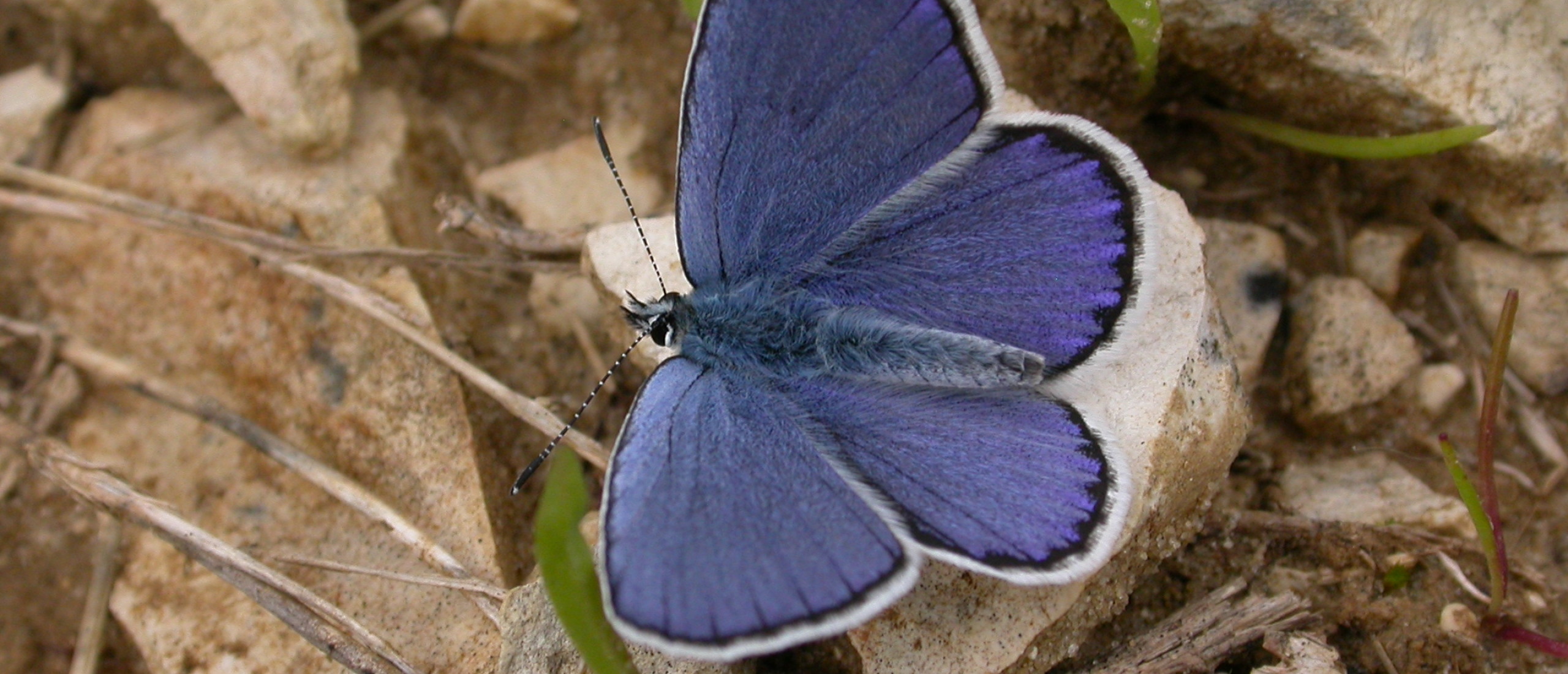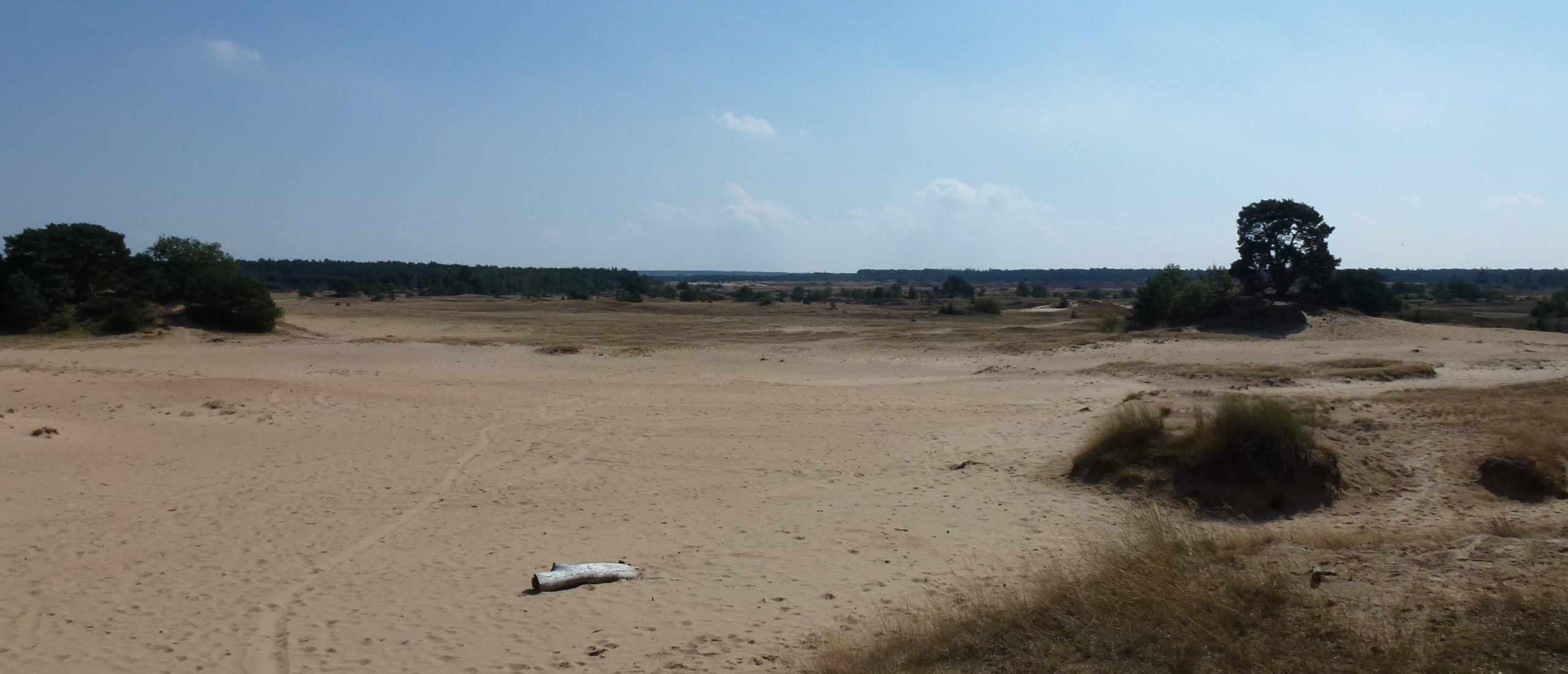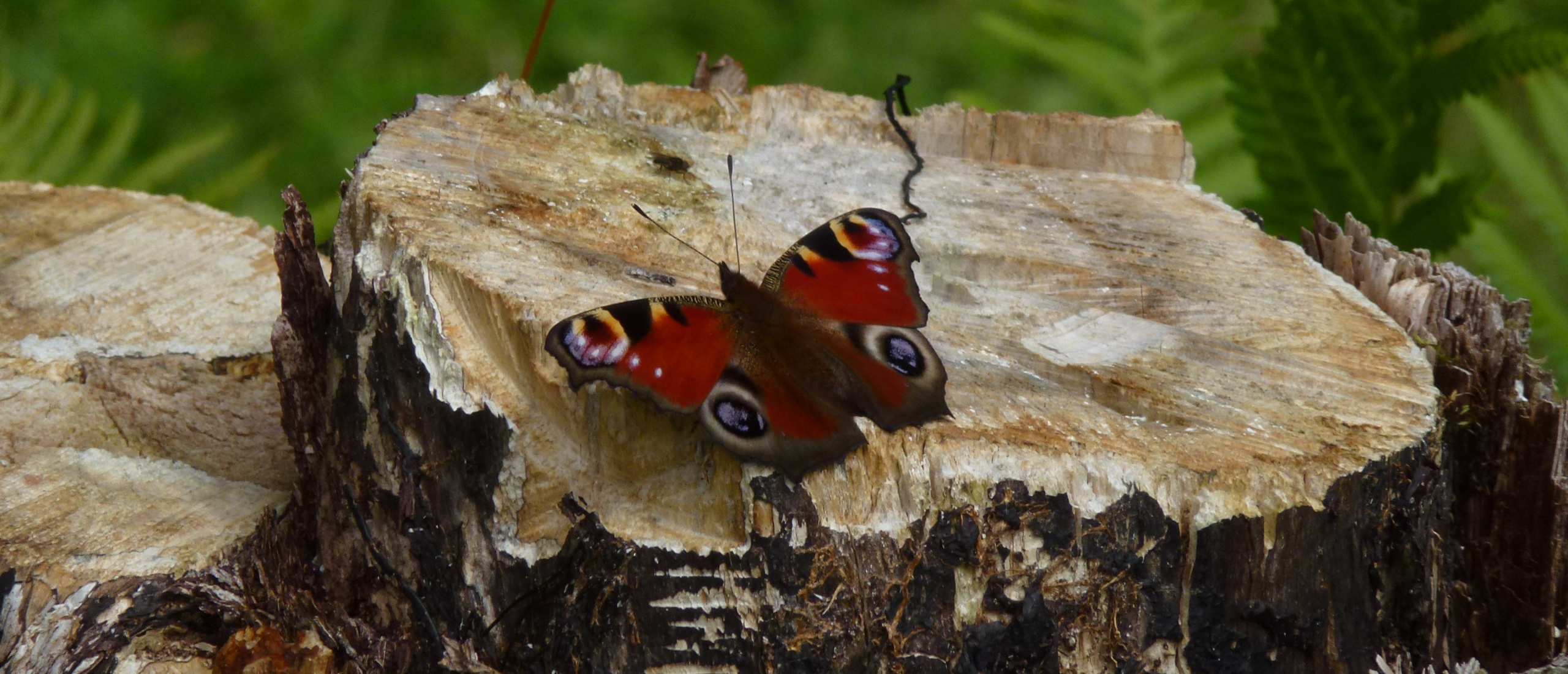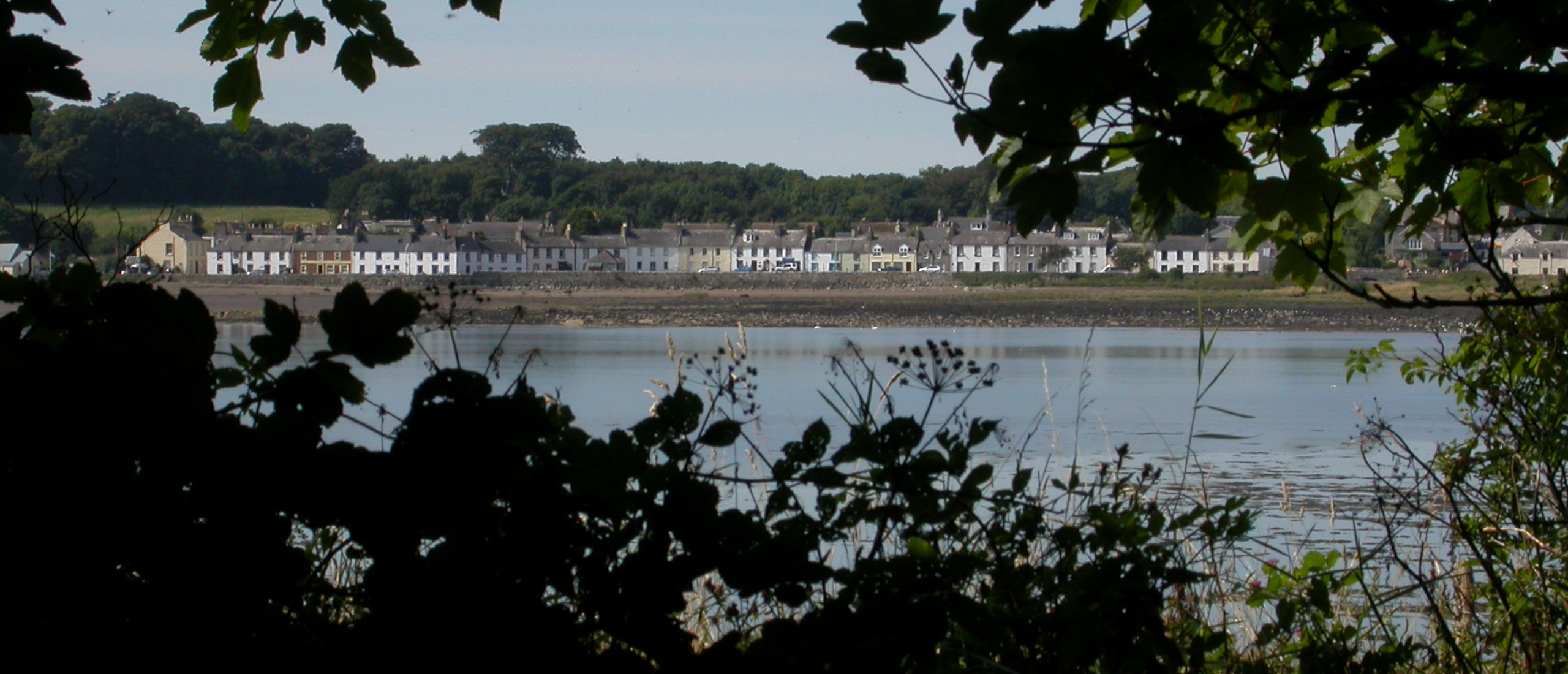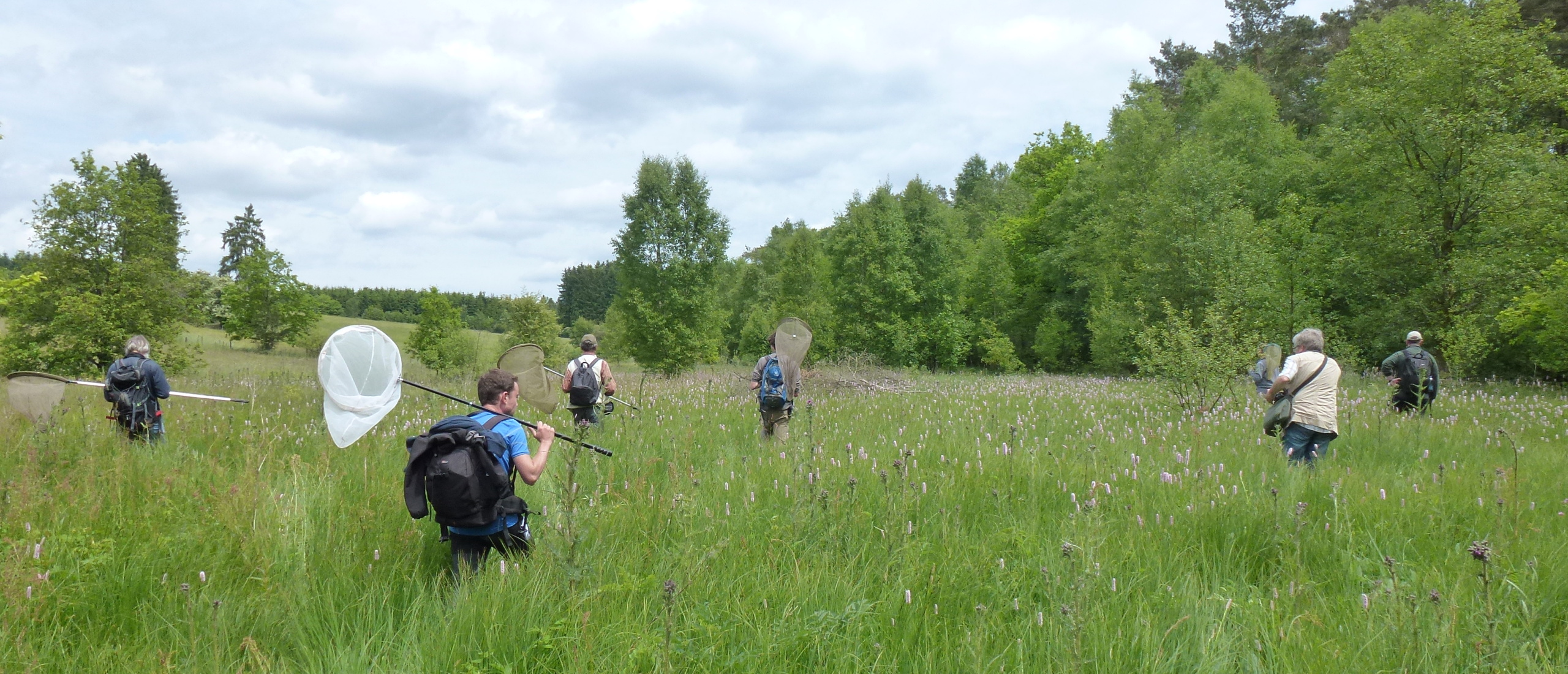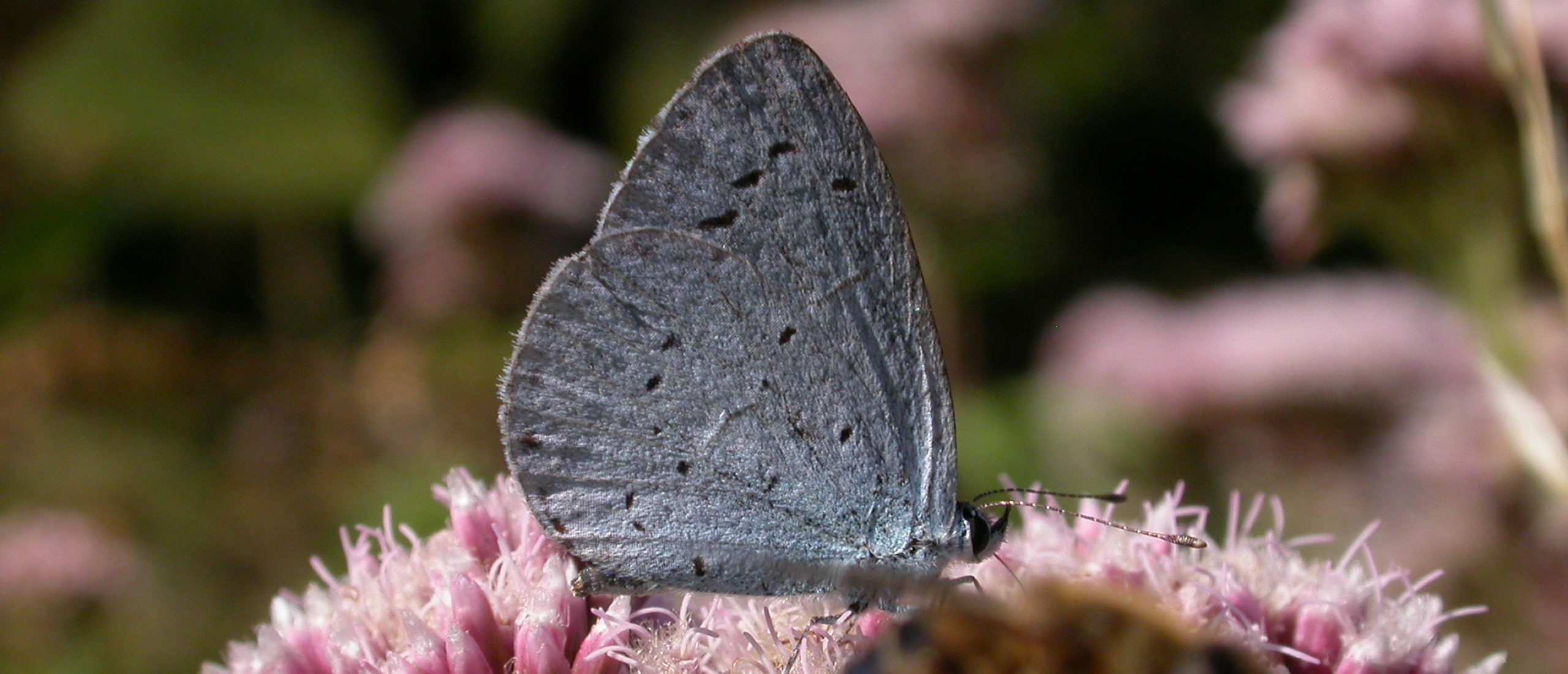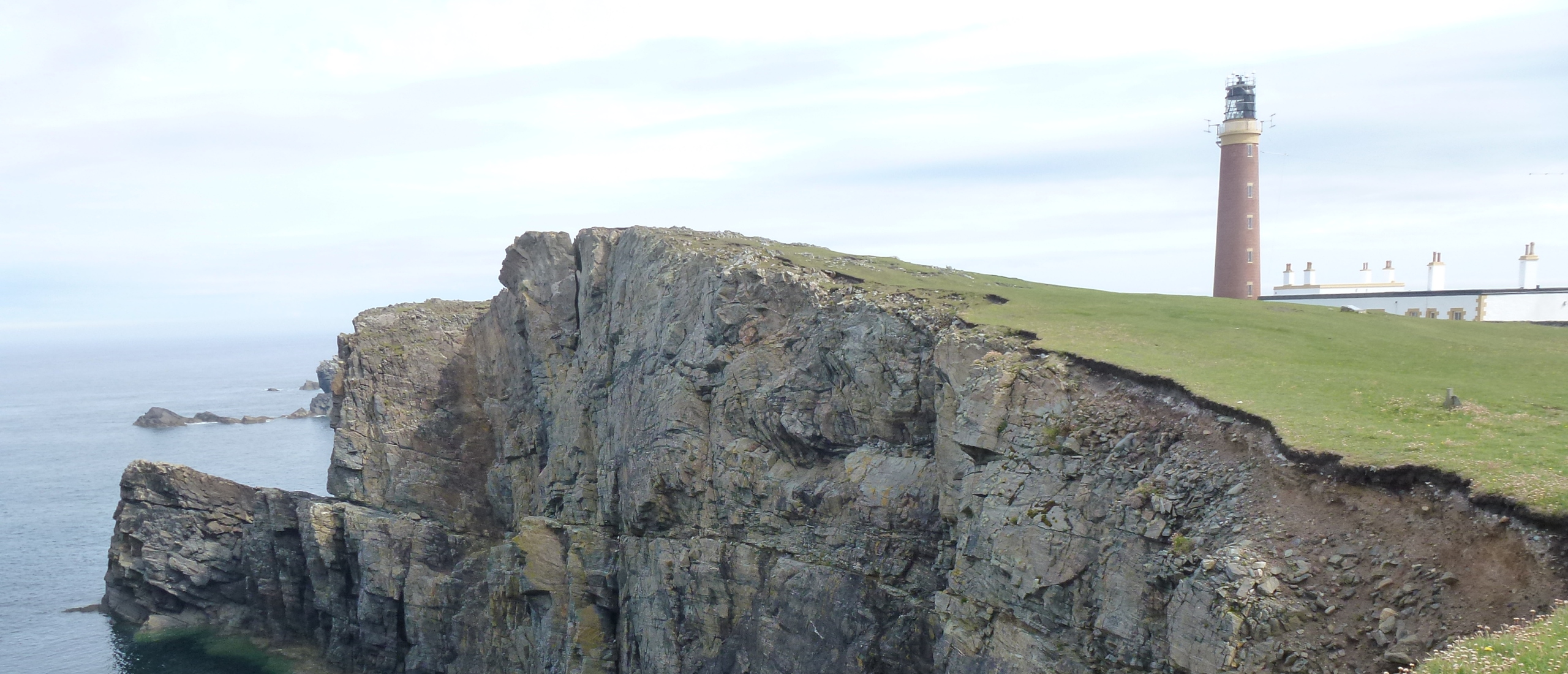
Butterflying in the outer isles I am just back after an amazing 10-day trip to the Outer Hebrides, those isolated, wind-swept islands off the north-west coast of Scotland. Not surprisingly, considering both their climate and their geographical isolation from the mainland, the islands' butterfly list is short, with only 15 species, some of which are only occasional migrants. Despite this overall poverty, numbers of some species are impressive, and in my short visit, I managed to find 9 of the 15. Perhaps the butterfly of the trip was for me the Large Heath, Coenonympha tullia, which I found on the mainland near Ullapool while waiting to catch the ferry, on Harris in considerable numbers wherever cottongrass was to be seen on the peaty ground, and on North Uist, where some were even to be seen in the flowery "machair", the sandy, lime-rich grassland found in a strip all the way down the western coasts of the islands, a habitat where I might have expected Small Heaths, C. pamphilus, which I did not see at all.
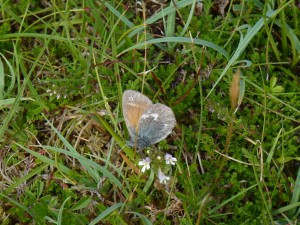 A Large Heath feeding on Eyebright, a common flower on the islands
A Large Heath feeding on Eyebright, a common flower on the islands
The commonest butterflies were undoubtedly the Green-veined White, Pieris napi, which abounded, emerging from the damp vegetation when even the slightest gleam of sun appeared, and the Meadow Brown, Maniola jurtina, which here is represented by the brighter subspecies splendida. These butterflies were everywhere, occurring in all habitats I visited. A visit to the far northern tip of the island chain, the Butt of Lewis, added two species to my 2013 Scottish list: Large White, Pieris brassicae, and Red Admiral, Vanessa atalanta. These are both migrants, and they seemed to be still heading northwards, although if they headed out to sea, they would certainly be doomed, as the likelihood of their reaching either the Faeroe Islands or Iceland, the only land between here and the Pole, must be negligible. Either they know they have to stop here, or they head out to sea and eventually tire and die. It is a sobering thought.
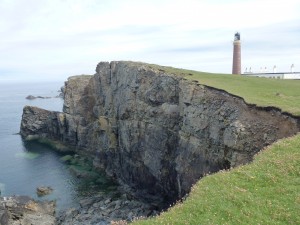 Cliffs at the Butt of Lewis, beyond which butterflies venture at their peril
Cliffs at the Butt of Lewis, beyond which butterflies venture at their peril
Common Blues, Polyommatus icarus, were also in evidence on the flower-rich grasslands just behind the cliffs, as they also were further south, in the Uists, my next destination.
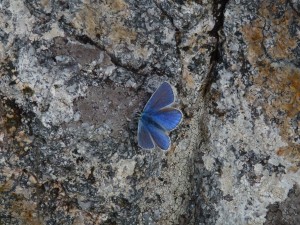 A Common Blue perched beautifully on a lichen-covered rock
A Common Blue perched beautifully on a lichen-covered rock
North Uist turned up Small Tortoiseshell, Aglais urticae, while further south I came into contact with an additional two species that do not occur on the more northerly isles: Dark Green Fritillary, Argynnis aglaja, several of which were to be seen both on the machair close to the southern tip of the island, and on the offshore island of Eriskay, and Grayling, Hipparchia semele, one of which posed kindly for me to photograph, also near the southernmost point of South Uist.
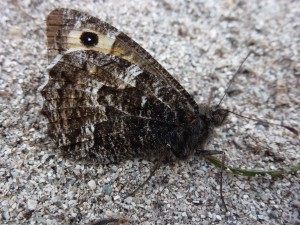 A cooperative Grayling at the southern tip of South Uist
A cooperative Grayling at the southern tip of South Uist
Outer Hebrides total: 9 species Scottish 2013 total as of 4th August: 15 species


